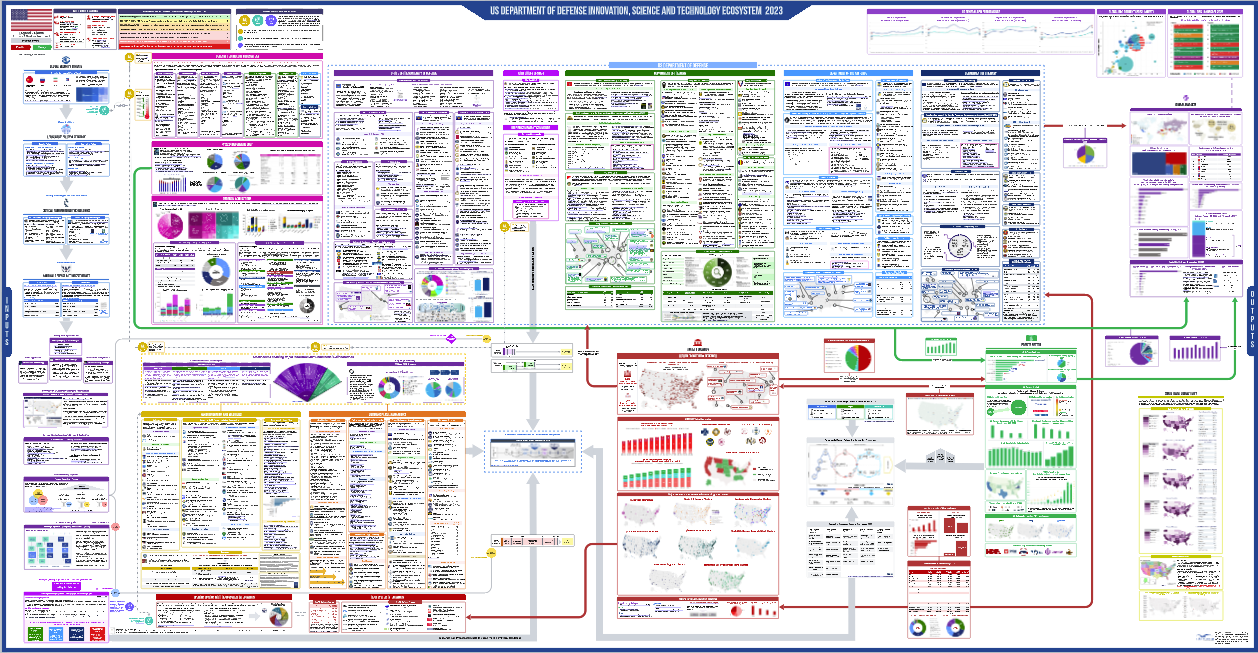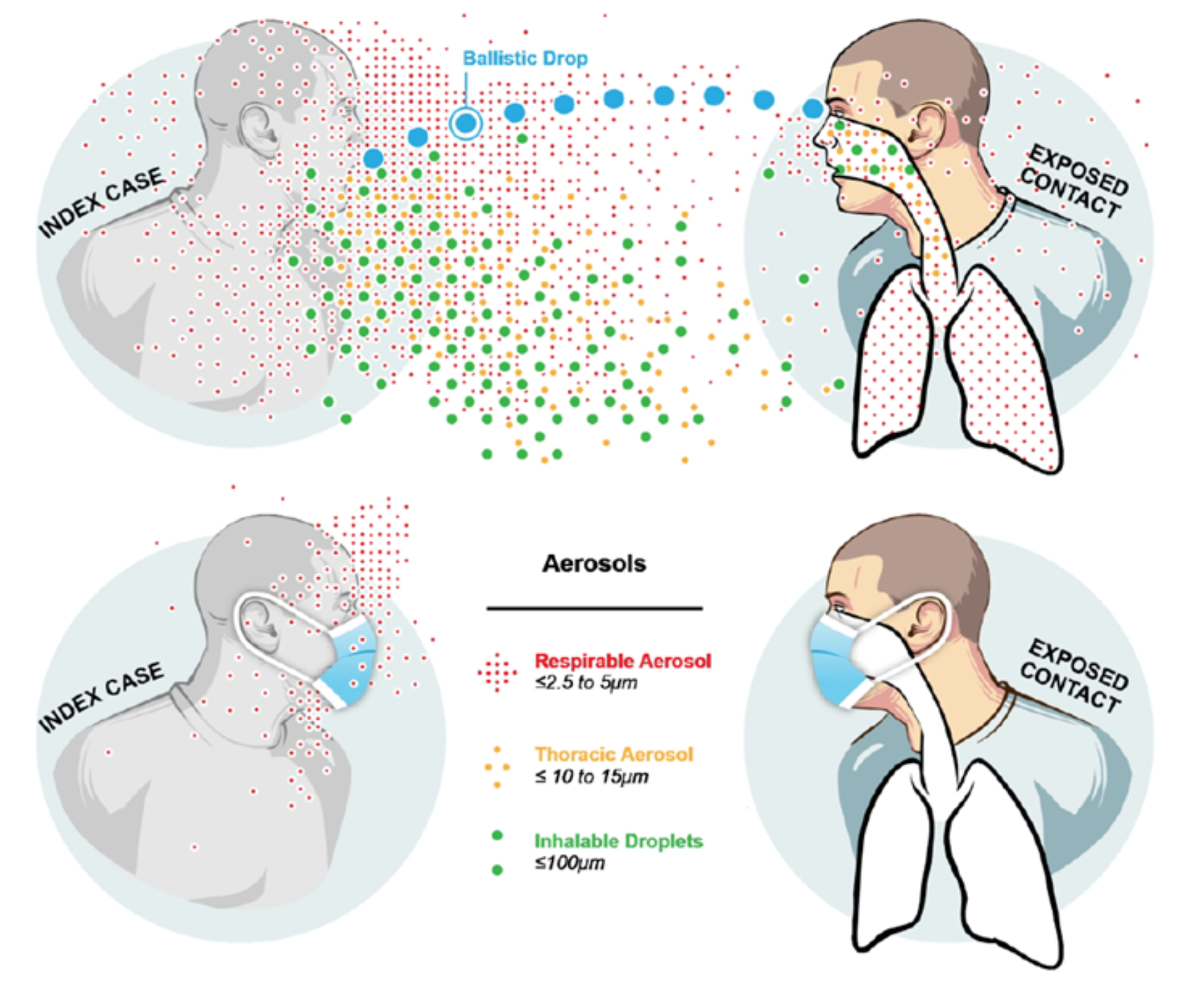The U.S. innovation ecosystem stands as a beacon of excellence and creativity, revered around the globe for its remarkable contributions to science and technology. This vibrant landscape has been shaped by significant historical events, notably during World War II, when government-supported biomedical research led to groundbreaking advancements like the mass production of penicillin. The collaboration between public institutions and private enterprises has fostered a thriving environment for innovation, paving the way for technology advancements that have impacted every facet of life. Central to this ecosystem is the National Institutes of Health, a pivotal player in funding and supporting research that drives new medical discoveries. As contemporary challenges loom, the importance of enduring public-private partnerships in sustaining the U.S. innovation ecosystem cannot be overstated.
The American creative landscape, often referred to as the innovation system, has been instrumental in driving progress in various fields, particularly in healthcare and technology. Emerging from a rich history marked by pivotal moments such as World War II, this system relies heavily on collaborative efforts that unite academia with industry stakeholders. The pivotal role of entities like the National Institutes of Health exemplifies how government support has spurred transformative advancements in biomedical research. As a result of these synergistic endeavors, the U.S. has led the charge in technology advancements, shaping not only its own future but also influencing global innovation standards. Understanding the dynamics of this collaborative infrastructure is essential for navigating future challenges and opportunities.
The Impact of World War II on U.S. Biomedical Research
World War II served as a pivotal turning point for U.S. biomedical research, dramatically transforming the landscape of medical science. The war highlighted the urgent need for innovations that could address wartime health challenges, including infectious diseases that claimed more lives than battlefield injuries. In response, the government initiated partnerships with universities and industries to mobilize scientific expertise, ultimately paving the way for unprecedented advancements in drug development and medical treatments. This collaboration not only facilitated the mass production of penicillin but also established a framework for future public-private partnerships in health research.
As researchers rallied to support the war effort, the National Institutes of Health (NIH) evolved from a nascent institution to a central player in biomedical research. With federal funding sustaining academic inquiry, the once fragmented efforts of universities and pharmaceutical companies coalesced into a robust ecosystem capable of tackling complex health issues. Consequently, the wartime innovations laid the groundwork for the post-war boom in biomedical sciences, establishing the United States as a leader in health technologies and public health that continues to influence global standards today.
Public-Private Partnerships: A Cornerstone of Innovation
The relationship between the federal government and private sector entities has been instrumental in driving innovations in biomedical research. Public-private partnerships emerged as a practical response to the needs identified during World War II, setting a precedent for future collaborations that fostered rapid technological advancements. These alliances allowed researchers to access vital resources, expertise, and funding, creating an environment conducive to groundbreaking discoveries. As exemplified by the development of antibiotics, these partnerships proved successful in translating scientific research into tangible benefits for the military and civilian populations alike.
Today, discussions about the future of these collaborations often revolve around the sustainability of federal funding, especially as recent administrations have proposed changes to reimbursement for indirect research costs. Critics argue that such cuts could hinder innovation by reducing the financial resources necessary to support ongoing research initiatives. However, proponents highlight that by maintaining and even enhancing these partnerships, the innovation ecosystem can remain robust and capable of addressing emerging health crises while continuing to ensure that medical advancements benefit society at large.
Technological Advancements and the NIH’s Role
The technological advancements witnessed during and following World War II cannot be overstated, particularly concerning their impact on the biomedical research landscape. The National Institutes of Health, which expanded its role significantly post-war, has been a vital supporter of innovative research methodologies and groundbreaking discoveries. The NIH increasingly promoted collaboration between academic institutions and the pharmaceutical industry, allowing for a wealth of knowledge to flow from laboratory research to clinical applications. By investing in diverse fields, the NIH paved the way for developments that have revolutionized healthcare delivery.
The growth of biomedical technology in the U.S. has led to powerful breakthroughs in areas such as gene therapy, biotechnology, and medical imaging. The establishment of research grants and funding initiatives has leveraged federal resources to stimulate private sector investments in health innovation. These continued investments ensure that the U.S. maintains its position as a global leader in healthcare technology, fostering continual advancement in patient treatment options and medical discoveries that save lives and improve health outcomes.
The Legacy of Wartime Research and Drug Development
The legacy of wartime research extends beyond immediate health benefits; it has shaped the entire framework of drug development in the U.S. The urgent demands of World War II catalyzed improvements in medical research infrastructure, leading to the establishment of the Office of Scientific Research and Development (OSRD) and catalyzing the processes that would ultimately produce antibiotics and vaccines critical to saving lives. The transformation of research practices during this time created pathways that enriched the biomedical field, forming the foundation for modern-day clinical trials and regulatory frameworks.
Following the war, the momentum gained from these research efforts birthed the golden age of drug development in the 1950s and 1960s. The methodologies and practices developed in response to wartime needs allowed for a surge in effective therapeutics entering the market. Contributions from research funded through OSRD and partnerships with pharmaceutical companies not only addressed military health issues but also had lasting effects on public health, significantly lowering mortality rates from infectious diseases. The approaches taken during this period continue to inform current biomedical research, underlining the importance of historical context in understanding modern science.
The Evolution of Drug Discovery Post-War
Post-World War II, drug discovery underwent a groundbreaking evolution driven by collaborative efforts between the government, academia, and the private sector. With the methodologies established during the war as a backdrop, the field witnessed a shift towards scientific rigor and systematic approaches in drug development. The creation of large pharmaceutical firms, which possessed both the resources and expertise for drug testing and development, enabled the application of advanced scientific techniques that bolstered the efficacy and safety of new drugs. This coordinated effort not only precipitated the advent of innovative therapies but also reinforced the public’s faith in the pharmaceutical industry’s ability to provide effective treatment solutions.
Over the subsequent decades, the reliance on both academic research and private investment in drug discovery has continued to evolve, emphasizing the importance of maintaining a balanced ecosystem. Key federal entities like the NIH have adapted their funding strategies to support cutting-edge research while ensuring that the private sector remains incentivized to invest in new drug candidates. As we look to the future, ongoing collaboration between these sectors remains essential to foster the innovative spirit that has historically driven the U.S. biomedical research landscape.
Challenges and Opportunities in Modern Biomedical Innovation
In today’s landscape, the U.S. innovation ecosystem faces significant challenges that test the resilience of its public-private partnerships. Increasing scrutiny over federal funding strategies, particularly concerning indirect cost reimbursement, introduces potential barriers to research continuity. Economic pressures and shifts in policy could curtail support for the very collaborations that have historically underpinned successful biomedical advancements. Navigating these challenges requires a collective effort among academic institutions, industry leaders, and government entities to ensure that public and private resources are aligned effectively toward common health goals.
Despite these challenges, opportunities abound for innovation within the U.S. biomedical research community. Advances in technology, such as artificial intelligence and precision medicine, offer unprecedented potential to enhance drug discovery and patient care. By fostering an adaptable innovation ecosystem, stakeholders can harness these advancements to accelerate research breakthroughs and improve health outcomes. Reinforcing public-private partnerships will continue to be integral to overcoming obstacles and maintaining the momentum of U.S. biomedical innovation, ensuring that the legacy of wartime collaboration translates into future successes across the globe.
The Future of U.S. Innovation Ecosystem
As we look toward the future, the U.S. innovation ecosystem stands at a crossroads wherein the collaborative efforts of government research funding, academic inquiry, and private sector investments are crucial for ongoing success. The dynamic interplay among these entities has been key in driving advancements that not only enhance national health but also bolster the economy. With emerging global health threats and challenges associated with an aging population, maintaining a robust innovation ecosystem is imperative. Collaborative frameworks between public and private sectors will need to be reinforced to fuel ongoing research and development in biomedicine.
To thrive in this rapidly evolving landscape, the U.S. must cultivate a culture of innovation that encourages risk-taking and embraces new methodologies in scientific research. Ensuring equitable and sustained investment in biomedical research, from both public and private sources, will propel the nation into a future filled with transformative discoveries. Ultimately, fostering a cohesive U.S. innovation ecosystem will be essential in addressing emerging health challenges and establishing new norms for scientific advancement that continue to place the U.S. at the forefront of global biomedical leadership.
Key Lessons from Historical Partnerships
Examining the trajectory of U.S. biomedical research reveals valuable lessons rooted in historical partnerships formed during times of crisis. The collaborative efforts initiated during World War II illustrate how urgency can catalyze innovation when multiple stakeholders unite under a common goal. As we face modern challenges, such as the COVID-19 pandemic or the rise of antibiotic resistance, the lessons learned from historical collaborations can inform current approaches to research and development. Notably, emphasis on rapid response and collaborative frameworks can enhance our ability to address future public health emergencies.
Encouragingly, the legacy of wartime partnerships continues to resonate in contemporary research endeavors. The groundwork laid by these previous alliances established a precedent for both agile responses to health crises and the ongoing progression in science and technology. By maintaining and building upon these foundational principles of collaboration, the current biomedical landscape can adapt and thrive, continuing to produce innovations that save lives and advance public health initiatives. Ultimately, the commitment to collaboration, adaptability, and sustained investment will safeguard the future of the U.S. innovation ecosystem.
Frequently Asked Questions
What role did the U.S. innovation ecosystem play in World War II biomedical research?
The U.S. innovation ecosystem was pivotal during World War II as it fostered government-supported biomedical research that led to significant breakthroughs like the mass production of penicillin. This partnership between government and academia was crucial for addressing urgent health challenges faced by military personnel, ultimately contributing to the Allied victory.
How do public-private partnerships enhance the U.S. innovation ecosystem?
Public-private partnerships are integral to the U.S. innovation ecosystem, especially in biomedical research. These collaborations allow for shared resources and expertise, resulting in accelerated technological advancements and improved healthcare solutions. They create a dynamic environment where private sector agility meets public sector support, driving innovation forward.
How has the National Institutes of Health influenced the U.S. innovation ecosystem over time?
The National Institutes of Health (NIH) has been a cornerstone of the U.S. innovation ecosystem, particularly in biomedicine. By funding critical research and facilitating collaborations between academic institutions and the pharmaceutical industry, the NIH has enabled groundbreaking advancements in medical technology and health outcomes.
What were the long-term effects of World War II on the U.S. innovation ecosystem?
The innovations and research initiated during World War II laid the groundwork for the modern U.S. innovation ecosystem. This period catalyzed developments in biomedical sciences and established collaboration norms that continue to drive advancements in healthcare and technology today.
In what ways does technology advancement in the U.S. innovation ecosystem contribute to global health?
Technology advancements stemming from the U.S. innovation ecosystem significantly impact global health by providing innovative medical solutions and therapies. The collaborations between academia, government, and industry foster breakthroughs that are shared worldwide, improving health outcomes across nations.
What challenges does the current U.S. innovation ecosystem face regarding federal funding?
The current U.S. innovation ecosystem faces challenges concerning federal funding, particularly in biomedical research. Recent attempts to limit reimbursements for indirect research costs could jeopardize essential funding from the National Institutes of Health, affecting ongoing research and technology advancements.
How did World War II research shape the future of the U.S. biomedical industry?
World War II research was instrumental in shaping the U.S. biomedical industry by establishing critical research frameworks and partnerships. The breakthroughs achieved in medical research during this time set the stage for the pharmaceutical industry’s evolution, leading to innovative drug development and improved public health.
Why is the U.S. innovation ecosystem considered the envy of the world?
The U.S. innovation ecosystem is considered the envy of the world due to its successful integration of government, academic, and industry collaboration, particularly in the fields of biomedical research and technology advancements. This unique synergy has resulted in significant discoveries and a robust healthcare system.
What lessons can be learned from the U.S. innovation ecosystem’s history?
The history of the U.S. innovation ecosystem teaches us the importance of sustained public and private collaboration in fostering research and development. Lessons from the past, such as the successes of wartime research efforts, underline the need for ongoing investment in scientific inquiry to maintain global leadership in innovation.
| Key Point | Details |
|---|---|
| Origins of the U.S. Innovation Ecosystem | The partnership began in World War II, initiated by a proposal to President Roosevelt by university and industrial leaders to mobilize civilian scientists for military technology. |
| Role of Federal Funding | Federal funding has been crucial in supporting academic research, leading to private sector developments and innovations in various fields. |
| Impact on Biomedicine | The collaboration led to significant breakthroughs, including the mass production of penicillin, which drastically reduced health issues affecting soldiers. |
| Public-Private Research Collaboration | This partnership has been recognized as a model for global innovation, fostering advancements in medical and technological fields. |
| Ongoing Challenges | Recent efforts to limit funding for biomedical research highlight potential risks to this collaboration and the funding model. |
| Historical and Future Significance | The U.S. innovation ecosystem, especially in biomedicine, has shaped technological leadership for eight decades and continues to drive advancements. |
Summary
The U.S. innovation ecosystem stands as a beacon of success and collaboration, rooted in a historical partnership between the federal government, academic institutions, and private industry. This collaboration, which began during World War II, has led to monumental advancements in biomedicine and technology, shaping not only national defense but also public health and economic growth. As scrutiny over federal funding looms, it’s crucial to recognize the legacy and continued importance of this ecosystem to ensure it remains a driving force for innovation for years to come.





